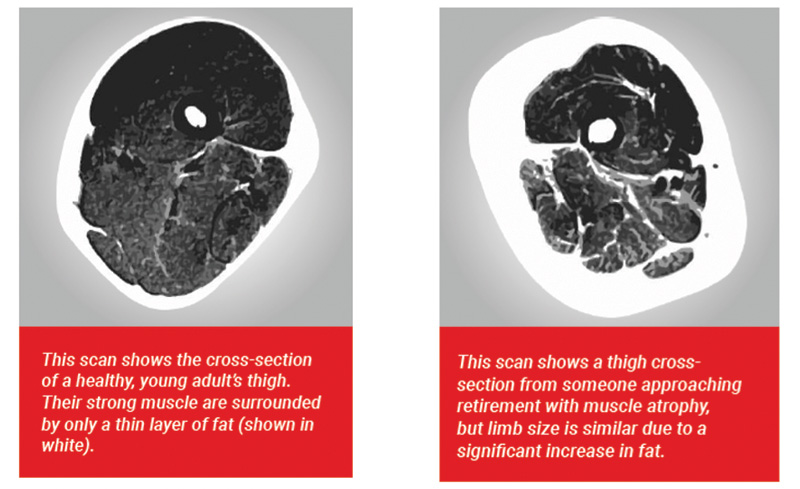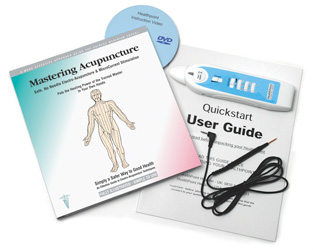Health News (Week 22 – 2019)
By Robert Redfern
Last week one of my readers asked me to state clearly in the subject line what my newsletter is about. Last week’s subject line said, “Seeing the Future” which if you read it you will know it was about regaining and keeping your eyesight at any age. I thought it was a really cute subject for an eyesight newsletter and still do, but I am complying with the request. I hope you are still reading…?
Sarcopenia Epidemic
Like deteriorating eyesight suffered by the majority of people as they age, they also suffer a loss of muscle, leaving them weaker and feebler the longer they live. This loss of muscle is called sarcopenia. From as early as aged 30 we start to lose muscle mass and it gets replaced by fat infiltrate at an increasing rate-unless we use our muscles, such as walking 3-5 miles per day and using a couple of Kettle Bells for an exercise regime.
Sarcopenia was originally called locomotion disease but was renamed in 2016. After the age of 50, every year, muscle mass decreases 1-2%, and muscle strength by 1.5%. If you are not exercising or being equally active most of your life, you will by the time you are past 65 have sarcopenia and be at risk of premature ageing, need care or fall and need nursing care.
Symptoms of Sarcopenia:
- Getting tired easily
- Feeling strain climbing steps or stairs
- Being unable to cross the road quickly enough
- Losing balance when walking or turning around quickly
- Frequent stumbles or falls
- Feeling that you’re becoming more frail
Sarcopenia (muscle loss) leads to:
- Arthritis and other joint problems
- Osteoporosis
- Heart failure
- Severe stooping
- Broken bones

My contention is sarcopenia can be reversed and avoided (the same as deteriorating eyesight) and that we can stay strong so that we stay able to live a good life.
Avoiding Sarcopenia
Lifestyle choices are critical elements in managing muscle loss and sarcopenia. Several studies have been looking at resistance training and its effects on muscle health in the elderly, especially those with sarcopenia. All these studies confirmed that resistance training dramatically increased muscle volume and strength, demonstrating that regular physical activity is beneficial for maintaining muscle health as well as, cognitive decline.
This comes from a type of sarcopenia known as sarcopenic obesity; the combination of age-related progressive muscle loss and obesity.
A recent study on sarcopenic obesity suggested that besides physical decline, cognitive functions such as memory, the sense of time and orientation, and executive function, are also impaired.
Increased oxidative stress, reduced vascular function, chronic inflammation and muscle atrophy all contribute to physical decline, along with metabolic impairments like insulin resistance which can exacerbate the cognitive decline.
AstaXanthin + DHA
While studies have shown exercise is beneficial, it has no effect on capillary growth which is essential for the delivery of blood to the tissue.
The discovery of the antioxidant properties of AstaXanthin+DHA is now backed by a string of studies revealing health benefits for humans. The latest research shows 4 months of 12mg daily combined with muscle building exercises in 65-82-year-old subjects delivered a 14.4% increase in strength, a 2.7% increase in volume and an 11.6% increase in muscle quality.
 AstaXanthin+DHA provides the perfect conditions for:
AstaXanthin+DHA provides the perfect conditions for:
- Increased Muscle growth stimulated by exercise.
- Improved Eye Health
- Improved Cognitive functions, such as memory, sense of time and orientation, and executive function, which may also be impaired.
ME
I take 4 capsules every day as part of my regime. I am 73 and rise most days about 6am and start work standing at my computer. I usually do around 12 hours with a couple of breaks when going for walks with my wife and our dog.
Remember:
Senior years do not mean falling apart. Eat a Keto diet, take nutritional supplements, walk, exercise, and add in AstaXanthin+DHA, and you will enjoy your senior years.





